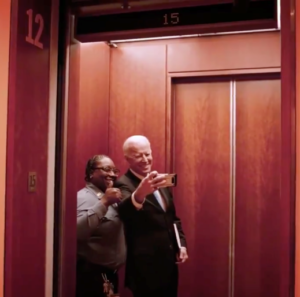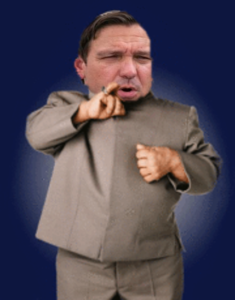Chadwick Boseman, ‘Black Panther’ star, has died
(CNN) —Actor Chadwick Boseman, who brought the movie “Black Panther” to life with his charismatic intensity and regal performance, has died.
Boseman has battled colon cancer since 2016 and died at home with his family and wife by his side, according to a statement posted on his Twitter account. He was 43.
Folks, this is going to be short and bitter sweet. I may say things which some will find highly offensive. And, as always, I do not expect anyone to take my view as gospel. My purpose is only to share a raw and honest emotion in a difficult time.
In several recent posts, I have joked about current events that made we wish I believed in a divine presence. For example, one can hope that Jerry Falwell, Jr.’s fall from grace was a sign from God. I hoped He was telling us, “Being a hypocritical conman in my holy name will only be tolerated for so long.” Maybe karma really is a bitch.
But when I woke up this morning to the above item at the top of my Google News feed, I realized these brief moments of appreciation for the possibility of a sacred father, even in the name of irony or humor, only last so long. While others turn to their faith to get them through the hard times, my lack of reliance on religion is what keeps me sane.
If I believed in a divine spirit, this morning I would asking him, “WTF?” It is hard enough to imagine a compassionate God who watches from the sidelines as men of ill-will take down African American advocates of racial equality and social justice. I will never understand how James Earl Ray and Byron de la Beckwith fit into some grand spiritual design. By eschewing belief in God, I have the freedom to accept there are more earthly forces that generate such hate. Forces, as a less than divine being, I can push back against.
Which brings me back to Chadwick Boseman. If this were part of a divine plan, it was executed with a maximum of cruelty. Consider the timing of Boseman’s death. On August 28:
- Emmett Till is murdered in Mississippi (1955)
- Martin Luther King, Jr. delivers his “I Have a Dream” speech on the steps of the Lincoln Memorial (1963)
- Thousands gather at that same spot to remember King and black victims of police brutality (2020)
- The NBA refuses to conduct business as usual in support of the Black Lives Matter movement (2020)
- Major League Baseball celebrates Jackie Robinson Day (2020)
Add to that list the anniversary of the death of an actor who introduced generations of young black men and women to James Brown, Thurgood Marshall and Jackie Robinson. And helped spread the spirit of “Wakanda Forever” to a global audience.
Rest in peace Chadwick. I do not understand why you were taken at such a young age. And while I hope some day there is a cure for the disease which randomly attacked you, this morning, I am comforted in my belief there is no supreme being who thought depriving the world of your talent, at a time when it was needed more than ever, was a good idea.
For what it’s worth.
Dr. ESP
 Therefore, in May 2009, Obama nominated Huntsman to be Ambassador to China, a move that would have made Michael Corleone proud. “Keep your friends close, but keep your enemies closer.” Less than a year into his time on the Obama team, Huntsman supporters formed a PAC to set the stage for a presidential run. Huntsman resigned his post in Beijing in April 2011 and opened his campaign headquarters in May 2011. But the damage had been done. GOP leaders considered his time in support of the Obama foreign policy agenda as being disloyal to the party. After finishing third in the New Hampshire primary, Huntsman suspended his campaign and Obama’s eventual opponent was the other Mormon Mitt Romney. If you did not know better, you can imagine George Costanza was a silent partner in this enterprise.
Therefore, in May 2009, Obama nominated Huntsman to be Ambassador to China, a move that would have made Michael Corleone proud. “Keep your friends close, but keep your enemies closer.” Less than a year into his time on the Obama team, Huntsman supporters formed a PAC to set the stage for a presidential run. Huntsman resigned his post in Beijing in April 2011 and opened his campaign headquarters in May 2011. But the damage had been done. GOP leaders considered his time in support of the Obama foreign policy agenda as being disloyal to the party. After finishing third in the New Hampshire primary, Huntsman suspended his campaign and Obama’s eventual opponent was the other Mormon Mitt Romney. If you did not know better, you can imagine George Costanza was a silent partner in this enterprise.



